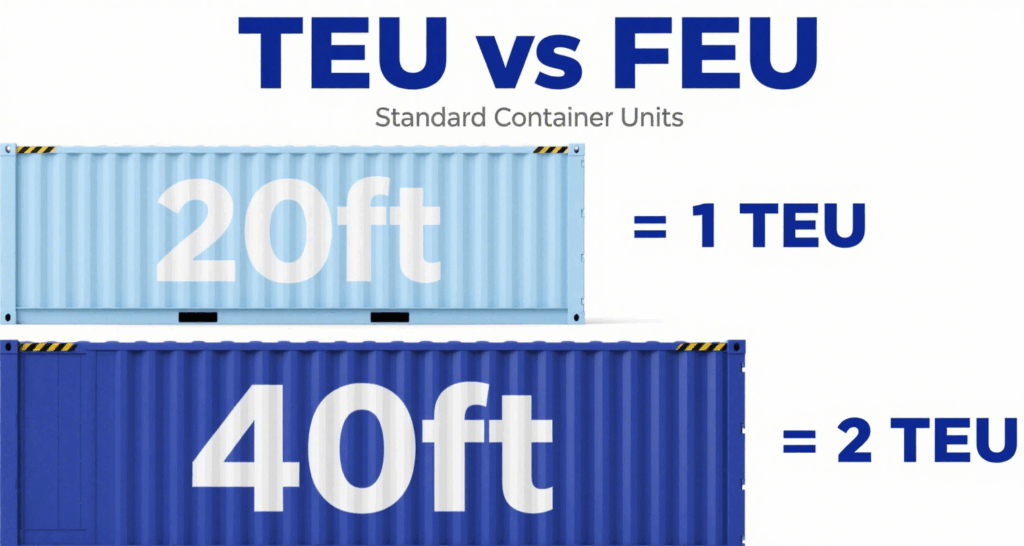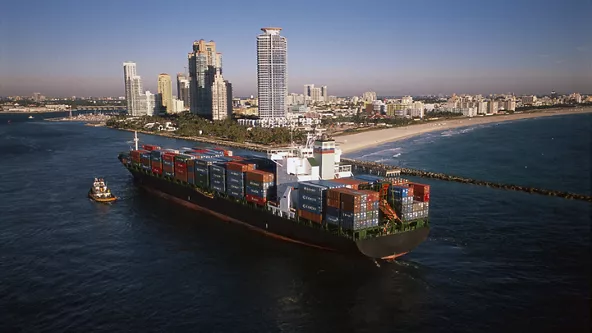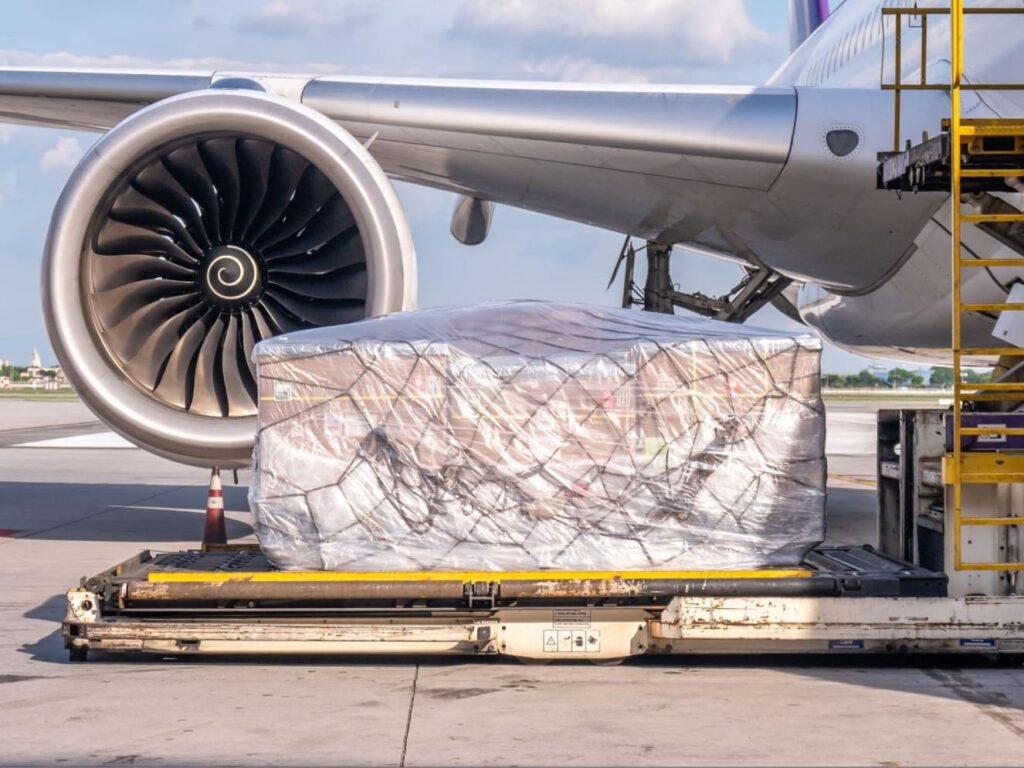- By Della tj
- October 16, 2025
- Sea Freight, Shipping
Reliable sea freight from China to Netherlands plays a crucial role in connecting Asia’s largest manufacturing base with Europe’s busiest trade gateway. Importers, distributors, and e-commerce businesses rely on dependable sea shipping for consistent schedules, affordable rates, and high cargo safety. This article explores how to ensure reliability, manage costs, choose the right container, and handle customs efficiently while avoiding shipping delays.
What Makes Sea Freight from China to the Netherlands Reliable?
Reliability in sea freight is determined by three major factors: schedule stability, cargo safety, and service consistency. China’s leading ports such as Shanghai, Shenzhen, Ningbo, and Qingdao have robust infrastructure ensuring consistent departures. Similarly, Rotterdam, being Europe’s largest seaport, provides efficient unloading and customs clearance systems.
Key Reliability Factors:
| Factor | Description | Benefit |
|---|---|---|
| Route Stability | Fixed sailings weekly | Predictable schedules |
| Advanced Tracking | Real-time container monitoring | Transparency |
| Strong Port Infrastructure | Modern cranes and warehouses | Reduced handling time |
Moreover, leading freight forwarders ensure coordination between carriers and port authorities, which minimizes delays and optimizes cargo flow.
How Long Does Reliable Sea Freight Take from China to the Netherlands?
Transit times for reliable sea freight vary by route and vessel type. Generally, it takes 25 to 35 days port-to-port, depending on origin, destination, and weather conditions.
| Origin Port | Destination Port | Average Transit Time | Frequency |
|---|---|---|---|
| Shanghai | Rotterdam | 30 days | 3–5 departures/week |
| Shenzhen | Rotterdam | 28 days | 4–6 departures/week |
| Ningbo | Amsterdam | 32 days | 2–3 departures/week |
| Qingdao | Rotterdam | 33 days | 2–4 departures/week |
Additionally, direct services between major ports can reduce transit by 3–4 days. Consolidated cargo (LCL) may take slightly longer due to shared container logistics.
How Much Does Sea Freight from China to Netherlands Cost?
Costs depend on container type, volume, and shipping season. The following table provides an overview:
| Container Type | Cost Range (USD) | Capacity | Ideal For |
|---|---|---|---|
| 20ft FCL | $850–$1,100 | 28 m³ | Medium loads |
| 40ft FCL | $1,450–$1,750 | 58 m³ | Bulk shipments |
| LCL | $35–$50/m³ | Flexible | Small consignments |
Additional Costs:
- Port handling: $100–$150
- Customs fees: $50–$100
- Insurance: 0.3–0.5% of cargo value
- Delivery to final warehouse: $150–$250 (optional)
Furthermore, booking in advance or shipping during off-peak months (March–June) can save 10–15%.

Real Case Studies: Reliable Sea Freight in Practice
Case 1: Furniture from Foshan to Rotterdam
Cargo: 1×40ft FCL (solid wood furniture)
Route: Shenzhen → Rotterdam
Cost: $1,520
Duration: 29 days
Result: Delivered 2 days early, zero damage, fully insured shipment.
Case 2: Textiles from Ningbo to Amsterdam
Cargo: 15 CBM LCL (clothing & fabrics)
Route: Ningbo → Amsterdam
Cost: $40/m³ (total $600)
Duration: 31 days
Result: Customs cleared in one day; retailer met seasonal sales deadline.
These examples illustrate how proper route planning, insurance, and coordination with reliable freight forwarders guarantee smooth delivery.
Which Documents Are Required for Reliable Sea Freight?
Customs documentation accuracy is vital for reliable sea freight from China to Netherlands. Missing or incorrect forms may cause days of delay.
| Document | Purpose | Responsible Party |
|---|---|---|
| Bill of Lading (B/L) | Proof of shipment | Carrier |
| Commercial Invoice | Declares value and goods | Exporter |
| Packing List | Details cargo weight and contents | Exporter |
| Certificate of Origin | Confirms manufacturing source | Exporter |
| Import Declaration | Required for Dutch customs | Importer |
| Insurance Certificate | Covers cargo risk | Shipper |
Moreover, digital submission systems at both ends accelerate customs processing, reducing manual review time.

How to Ensure Reliability in Sea Freight Operations
Maintaining reliability involves proactive logistics management. Below are key strategies:
- Choose reputable carriers with strong global coverage.
- Book early, especially before Chinese New Year or Golden Week.
- Use insured shipping to prevent loss or claims issues.
- Track shipments online to identify delays instantly.
- Work with experienced freight forwarders who offer route flexibility.
In addition, using integrated logistics software ensures synchronization between suppliers, carriers, and customs agencies.
Sea Freight vs. Air and Rail Transport: Which Is Better?
| Mode | Cost (USD/kg) | Transit Time | Ideal Cargo | Pros | Cons |
|---|---|---|---|---|---|
| Sea Freight | 0.05–0.15 | 25–35 days | Heavy/Bulk | Cheapest | Slower |
| Air Freight | 3.00–6.00 | 5–7 days | Urgent | Fastest | Costly |
| Rail Freight | 0.60–1.20 | 18–22 days | Medium | Balanced | Limited routes |
Although air freight is quicker, sea freight remains the most reliable for large cargo due to consistent schedules and low cost per unit.
The Future of Reliable Sea Freight Between China and Netherlands
As global trade evolves, sea freight reliability continues to improve. Automation, smart port systems, and eco-friendly LNG vessels reduce delays and emissions. The Belt and Road Initiative strengthens China–Europe maritime connectivity, enhancing transit predictability.
Moreover, digital freight platforms now allow real-time visibility, predictive scheduling, and better cost transparency, which benefit importers seeking dependable long-term supply chain solutions.
Title 1 Text Here
Lorem ipsum dolor sit amet, consectetur adipiscing elit. Ut elit tellus, luctus nec ullamcorper mattis, pulvinar dapibus leo.
Request a Quote
Need a tailored solution for your shipping from China?Let TJ China Freight Forwarder assist you with reliable, cost-effective service.
FAQ:
Q1.How long does reliable sea freight from China to Netherlands take?
It generally takes 25–35 days, depending on route, carrier schedule, and weather conditions.
Q2.Can I track my sea shipment in real time?
Yes, most carriers provide real-time container tracking through the Bill of Lading number or digital platforms.
Q3.What goods are best suited for sea freight shipping?
Heavy items, bulk products, machinery, furniture, and non-perishable goods are ideal for sea shipping.
Q4.Are there seasonal price fluctuations in sea freight rates?
Indeed, rates increase during peak seasons such as Chinese New Year and year-end holidays due to high demand.
Q5.Is insurance mandatory for sea freight shipments?
Although not mandatory, cargo insurance is strongly recommended to protect against damage or loss during transit.




